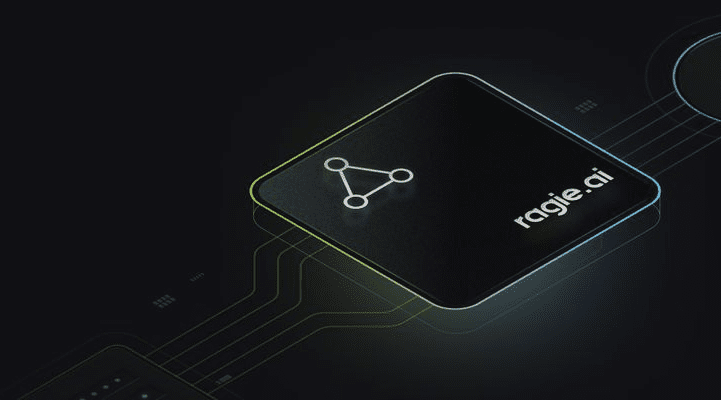- Ragie Corp. launches a new platform to simplify the development of retrieval-augmented generation (RAG) applications.
- The company secured $5.5 million in seed funding from prominent investors.
- RAG technology allows large language models (LLMs) to incorporate new data without retraining.
- Ragie’s platform integrates with popular cloud applications like Salesforce and Google Drive.
- The platform transforms data into embeddings stored in a cloud-based vector database.
- Key features include a chunking tool, a reranking algorithm, and multi-source AI chatbot capabilities.
Main AI News:
San Francisco-based startup Ragie Corp. has officially launched, unveiling its platform designed to streamline the development of retrieval-augmented generation (RAG) applications. Backed by $5.5 million in seed funding from Craft Ventures, Saga VC, Chapter One, and Valor, Ragie aims to simplify integrating new information into large language models (LLMs) without costly retraining.
RAG, a pioneering machine learning approach, enables LLMs to incorporate new data easily. However, the complexity of implementing RAG has traditionally posed significant challenges, often extending development timelines. Ragie’s cloud platform seeks to address these challenges by offering a more efficient workflow for developers building RAG-enabled applications.
The platform seamlessly connects with widely used cloud applications like Salesforce, Google Drive, and Notion, allowing LLMs to access these data sources quickly and effortlessly. Ragie’s system also continuously monitors changes in the datasets it ingests, ensuring that the most up-to-date information is always available to the LLM.
Rather than transmitting raw data, Ragie’s platform transforms it into embeddings — specialized mathematical structures that LLMs use to store and process knowledge. These embeddings are housed in a cloud-based vector database optimized for managing such data. Additionally, Ragie includes a chunking tool that breaks down large documents into smaller, more manageable parts, which can enhance the quality of the AI model’s responses.
A standout feature of Ragie’s platform is its built-in reranking algorithm, which evaluates and prioritizes the relevance of documents that an LLM uses to generate responses. This ensures that only the most relevant information contributes to the model’s outputs, enhancing accuracy and relevance.
Conclusion:
Ragie Corp.’s entrance into the market with a well-funded and innovative platform marks a significant advancement in developing retrieval-augmented generation applications. By simplifying the integration of new data into large language models and reducing development timelines, Ragie positions itself as a critical enabler for businesses seeking to leverage advanced AI capabilities without incurring prohibitive costs. This launch could accelerate the adoption of RAG technology across industries, intensifying competition and driving further innovation in the AI and machine learning markets. As demand for more efficient and scalable AI solutions grows, Ragie’s platform has the potential to become a vital tool for developers and companies aiming to maintain a competitive edge.

